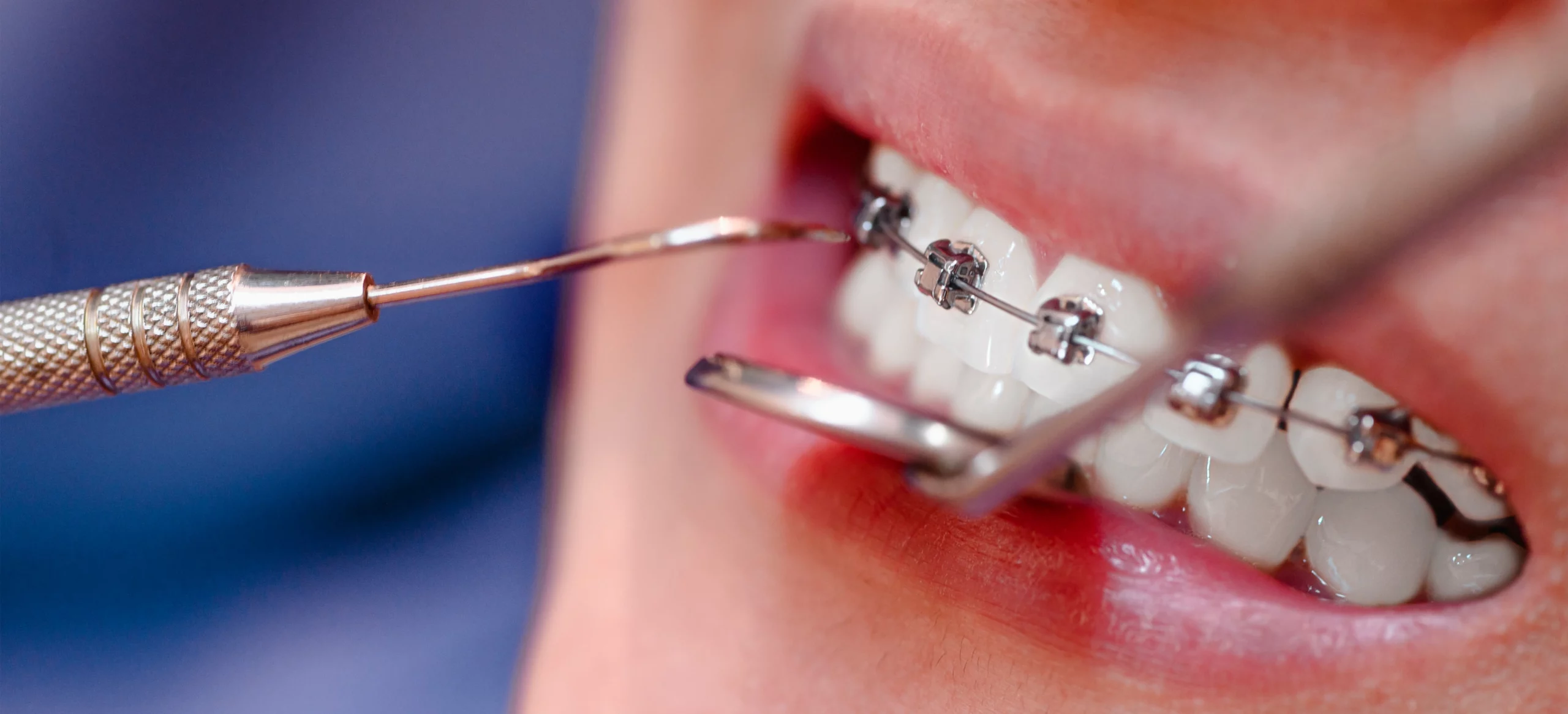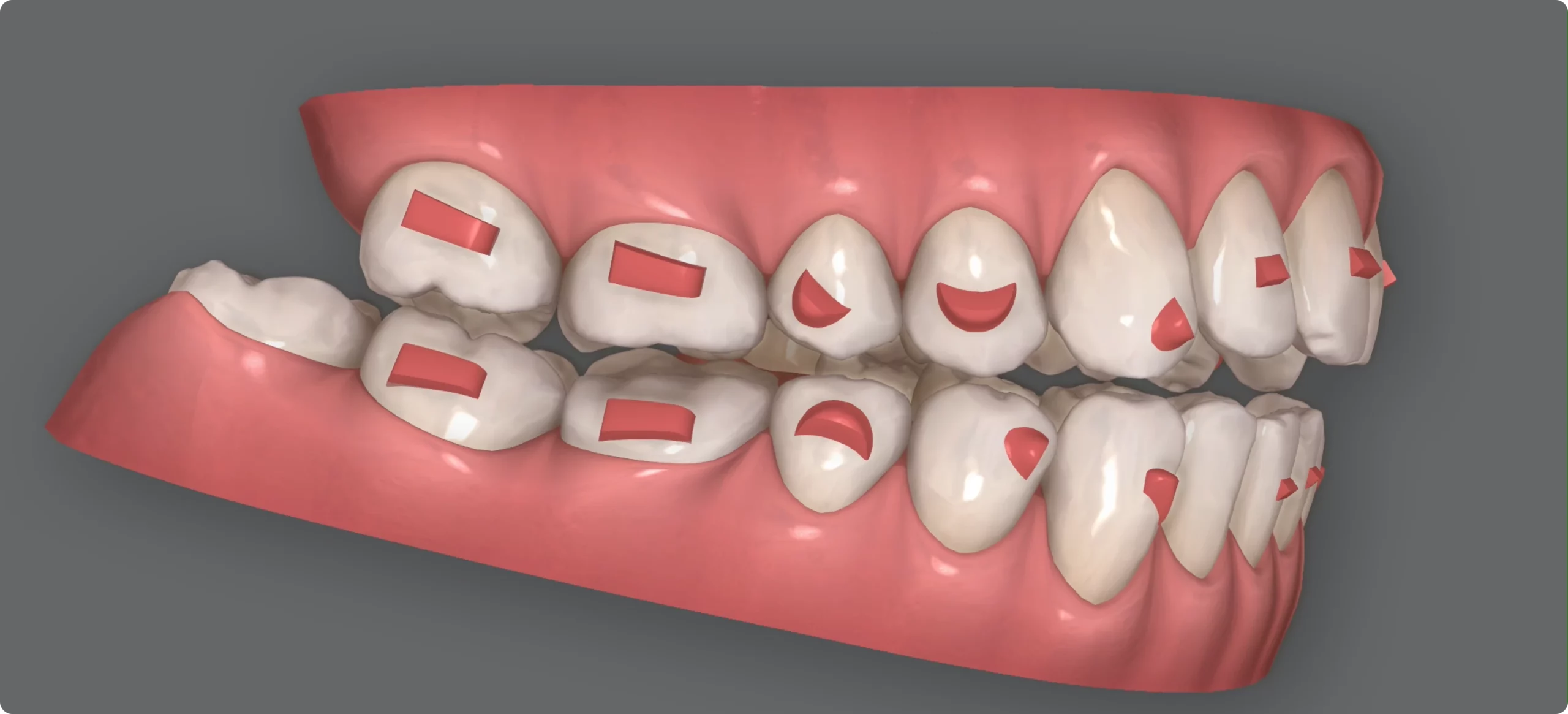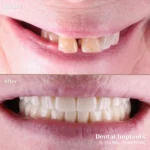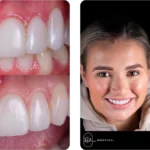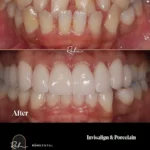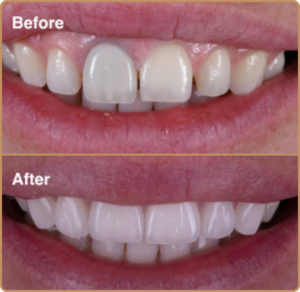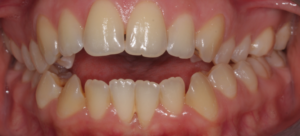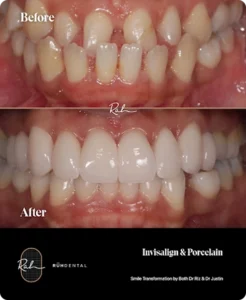Want to know how Invisalign works? Learn how Invisalign moves teeth, why it is so effective, and how it could be the right treatment for you.
How does Invisalign move your teeth?
Invisalign is a form of orthodontic treatment that is growing in popularity. Unlike metal braces, Invisalign uses invisible clear aligners to gradually move teeth into their desired position. But how does this process actually work?
The Science Behind Moving Teeth
The process of moving teeth with Invisalign is based on controlled force. The clear aligners are designed to apply a gentle pressure on the teeth they are covering in order to move them over time. This pressure is carefully calibrated to ensure that it is strong enough to move the teeth but not so strong that it causes damage or discomfort.
Invisalign works by applying pressure over time, meaning that the aligners need to be worn for at least 22 hours per day and changed out every week as instructed by your dentist or orthodontist. As each aligner is changed out, it will apply a different amount of force which will gradually shift the teeth into their desired positions. This process can take anywhere from 6 months to 18 months depending on the complexity of your treatment plan and how compliant you are with the aligners.
In order for Invisalign treatment to be successful, it is important for patients to wear their aligners consistently and follow their dentist’s instructions closely. If you miss too many days wearing your aligners or fail to switch them out as instructed, it could delay your treatment or even cause damage to your teeth if you try to speed up the process by switching them too frequently. Following instructions and being consistent with treatment can help ensure successful results with minimal discomfort and hassle.
Natural processes are used to relocate teeth
Should I get Invisalign or braces?
If you’re an adult looking to straighten your teeth, you may be wondering what the best option is for you—Invisalign or braces? Both options are highly effective, but there are some differences to consider when making your decision.
Invisalign is a series of clear plastic aligners that fit snugly over your teeth. Every week, you change to new aligners that move your teeth gradually into position. Invisalign works well for all types of misalignment and can even correct overcrowding and gaps between teeth. The treatment typically takes 12-18 months.
Braces are a traditional orthodontic treatment made up of fixed metal brackets, arch wires, and rubber bands that slowly move your teeth into position over time. While most people associate braces with teenagers, they can be used on adults as well. Braces usually take 2-3 years to complete the treatment process and work well for more complex cases.
Benefits of Invisalign vs Braces
One of the major benefits of Invisalign is that it’s practically invisible; no one will know that you’re wearing them unless you tell them! They also feel more comfortable in your mouth compared to metal braces because there are no metal wires or brackets rubbing on your gums or cheeks all day long. Additionally, since the aligners are removable, eating and brushing/flossing don’t require any special modifications like they do with braces—you just take out the aligners before each meal and pop them back in after brushing/flossing!
Some advantages over braces
An overbite is where the upper front teeth extend too far out beyond the bottom teeth.
Faster results due to 3D digital scan technology improving accuracy and in turn efficiency
Clear braces so nobody will know you are wearing them
Easier to clean – Removable aligner makes things easier to clean
Can eat all foods – as aligners are removable, there are no food restrictions unlike fixed braces
Is Invisalign a good choice for teenagers?
Orthodontic treatment is an excellent way to correct misalignment of the teeth and bites, and Invisalign is a popular option for teens. Unlike traditional braces, which use metal brackets and wires, Invisalign is a set of clear aligners that fit over the teeth and gradually shift them into their correct positions.
How long will it take to fix an overbite?
Invisible aligners are a great solution for teens who want to straighten their teeth without drawing attention to the fact they’re undergoing orthodontic treatment. They’re also comfortable and easy to remove when eating or drinking, making it easier for teens to maintain good oral hygiene during treatment. Plus, they don’t cause irritation on the inside of the mouth like traditional braces can.
Invisalign also offers shorter treatment times than traditional braces in most cases; however, this can depend on the complexity of your teen’s orthodontic issue and how well they adhere to wearing their aligners as directed by their orthodontist. The average treatment time with Invisalign ranges from 12-18 months, depending on how much movement needs to be achieved.
Finally, Invisalign has fewer restrictions than traditional braces when it comes to what types of food can be eaten during treatment. With metal braces, hard or crunchy foods can cause damage to wires and brackets; with invisible aligners, these restrictions are lifted—although it’s still important that your teen maintains good oral hygiene practices while wearing them (i.e., brushing after meals).
How long does it take for teeth to move with Invisalign?
In most cases, the average length of time it takes to complete an Invisalign treatment is 6-9 months. However, this can vary dependent on the complexity of the tooth movement required.
The good news is that each aligner is slightly different to the one before – this means that after every aligner change the teeth will be moving – so after about 6-8 weeks (and sometimes sooner) you will start to feel and potentially see a difference.
The vast majority of cases take somewhere between 6-9 months with most of the movement being achieved in the
first 3-6 months.
The length of time it takes for your teeth to move with Invisalign will depend on several factors, such as the complexity of your case and how closely you follow the instructions given by your dentist. For example, if you do not wear your aligners as instructed, it could increase the duration of your treatment significantly. Additionally, if you have a complex case (e.g., severe overcrowding), then it may take longer than 18 months for you to see results from Invisalign.
Benefits of Invisalign:
Invisible
The aligners are made from a clear material which ensures they are very discreet, and therefore no one will know that you are wearing them
Easily removable
They are inserted and removed around mealtimes and as they are flexible can be easily removed and inserted back in after a meal is complete
Disadvantages of Invisalign
Sometimes you may experience discomfort
When first wearing the aligners it may be more uncomfortable as you are getting used to the feeling of wearing the aligners. The teeth are also not used to the pressure applied to them and as a result can be uncomfortable for the first few weeks. This can easily be remedied with over the counter medications.
It is very unusual to feel prolonged discomfort and if this is felt, you should contact your invisalign provider accordingly to ensure everything is going to plan. After the first few weeks, the teeth will become more flexible and less resistant to the pressure applied, and thus less discomfort will be felt.
May be difficult chewing
It is quite unusual to get a dry mouth with Invisalign aligners. Quite the opposite in fact! As the aligners are being inserted and removed from the mouth, the brain thinks you are about to eat some food. In response to this the mouth produces extra saliva in preparation to consume the food resulting in excess saliva production. This is usually the case for the first few weeks, but will settle once the mouth gets used to this process.
For Invisalign to work, aftercare is important
Aftercare is mainly provided through regular check ups with your dentist as well as ensuring you wear retainers after treatment is complete. If removable retainers are not worn, then the risk of the teeth moving back is very high. Fixed retainers which are made with a wire on the backs of the teeth are an optional extra to help maintain tooth position, but removable retainers are mandatory for aftercare to ensure the teeth stay in the right place
How Ruh Dental can help you on your Invisalign journey
The Invisalign journey at Ruh Dental is seamless to ensure you have the best outcome in as short a time as possible.
We like to save you time by minimizing the number of appointments needed so that you can get on with your busy life and straighten them yourself as you go.
The 3D scan is the first step of the process which then gets sent to Invisalign for planning. Your dentist and Invisalign technician will plan the tooth movement digitally in the form of a clincheck. This will help guide where the teeth will be moving to. This will be visible to you so that you are happy with the planned tooth movement and planned outcome.
Once approved, the aligners will the be manufactured based on the approved clincheck simulation. They are then shipped to the clinic where they then can be fitted, so that your teeth straightening journey can begin.
This is a video of how the attachment buttons are placed for Invisalign.





